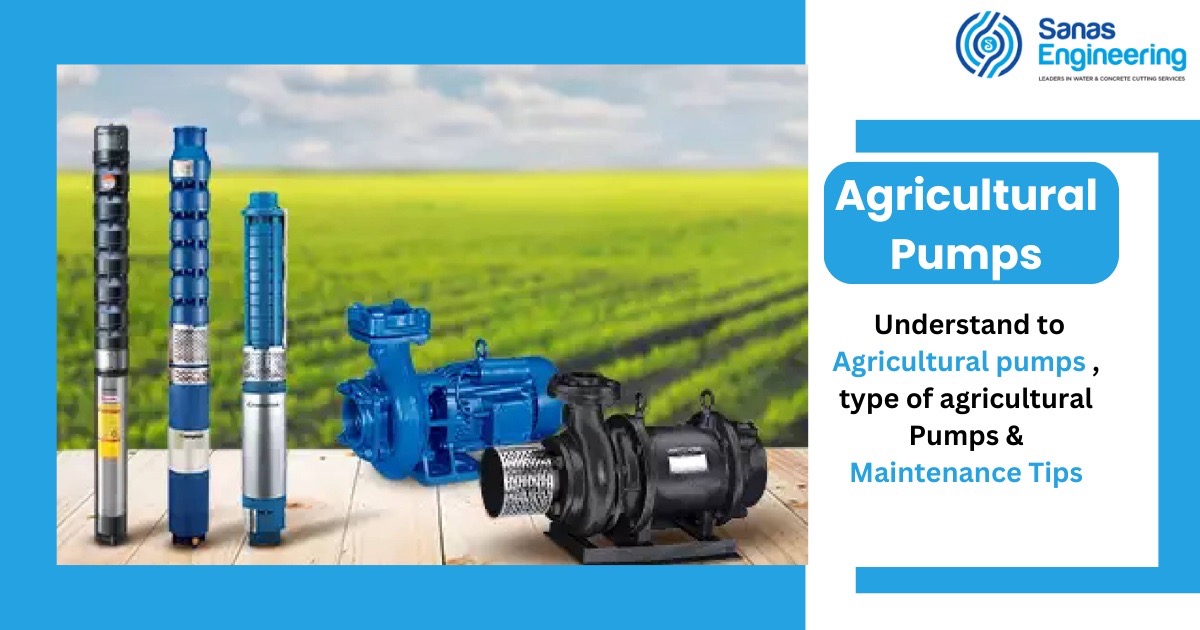Harnessing Power for Growth: The Basics of Agricultural Pumps
In the heart of every flourishing farm lies the unsung hero – the agricultural pump. These silent workhorses play a vital role in ensuring that crops receive the water they need to thrive. Let's dive into the world of agricultural pumps, breaking down the basics in simple language for everyone to understand.
The Importance of Agricultural Pumps:
Picture this: a vast expanse of green fields stretching as far as the eye can see. But without a reliable water supply, those fields would wither away. That's where agricultural pumps step in, providing the necessary force to lift water from wells, rivers, or other sources and distribute it across the fields.
Types of Agricultural Pumps:
- Centrifugal Pumps: These pumps use a spinning impeller to create a whirlpool effect, pulling water in and pushing it out with force. Ideal for transferring large volumes of water over shorter distances.
- Submersible Pumps: Designed to be submerged in water, these pumps are perfect for deeper wells. They push water to the surface, making them efficient for irrigation and water supply.
- Diaphragm Pumps: Known for their versatility, diaphragm pumps use a flexible diaphragm to create suction and discharge. Excellent for pumping water with debris, making them a go-to choice for many farmers.
- Piston Pumps: These pumps use a piston to draw water into a cylinder and then push it out with force. Commonly used for high-pressure applications, such as drip irrigation.
Choosing the Right Pump for Your Needs:
Selecting the right agricultural pump depends on various factors:
- Water Source: Consider the depth and type of water source, whether it's a well, river, or pond.
- Field Size: The size of your farm will determine the pumping capacity needed.
- Terrain: If your fields are on uneven terrain, you may need a pump with greater lift capabilities.
Maintenance Tips:
To keep your agricultural pump running smoothly, follow these simple maintenance tips:
- Regularly check for clogs or debris in the intake.
- Inspect the pump for any signs of wear and tear.
- Keep the pump well-lubricated to prevent friction and overheating.
- Ensure proper storage during the off-season to prevent damage.
Conclusion
Agricultural pumps may not always be in the spotlight, but their impact on farming cannot be overstated. They are the lifeline that sustains our crops and ensures a bountiful harvest. Understanding the basics of these pumps empowers farmers to make informed choices, contributing to the success and prosperity of agriculture. Sanas Engineering stands at the forefront of providing cutting-edge solutions in the realm of agricultural pumps. With their commitment to innovation and sustainability, they have revolutionized farming practices, ensuring efficient water management and increased productivity for farmers worldwide. By offering a diverse range of pumps tailored to various agricultural needs, Sanas Engineering has played a crucial role in shaping the future of agriculture. As the industry continues to evolve, Sanas Engineering remains dedicated to driving positive change and empowering farmers with the tools they need to thrive in an ever-changing world.

